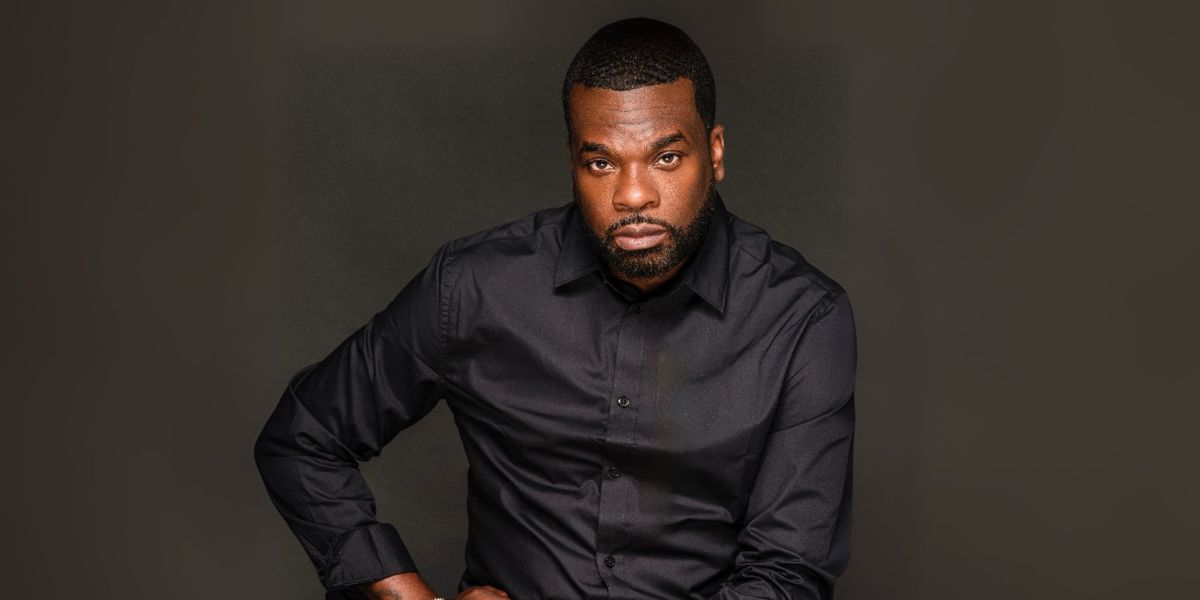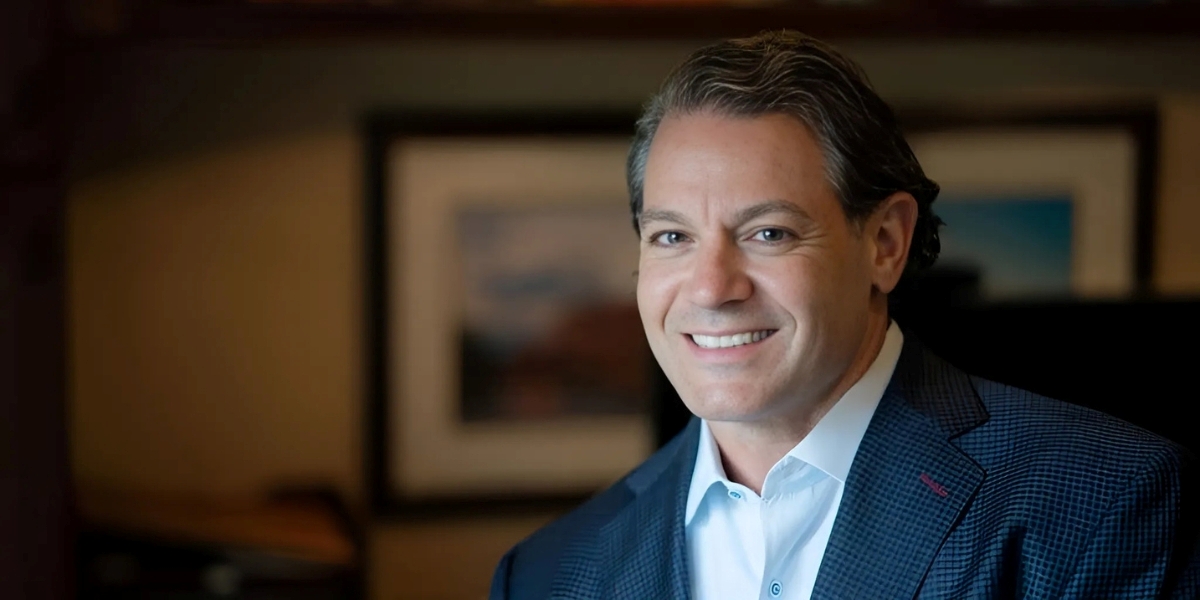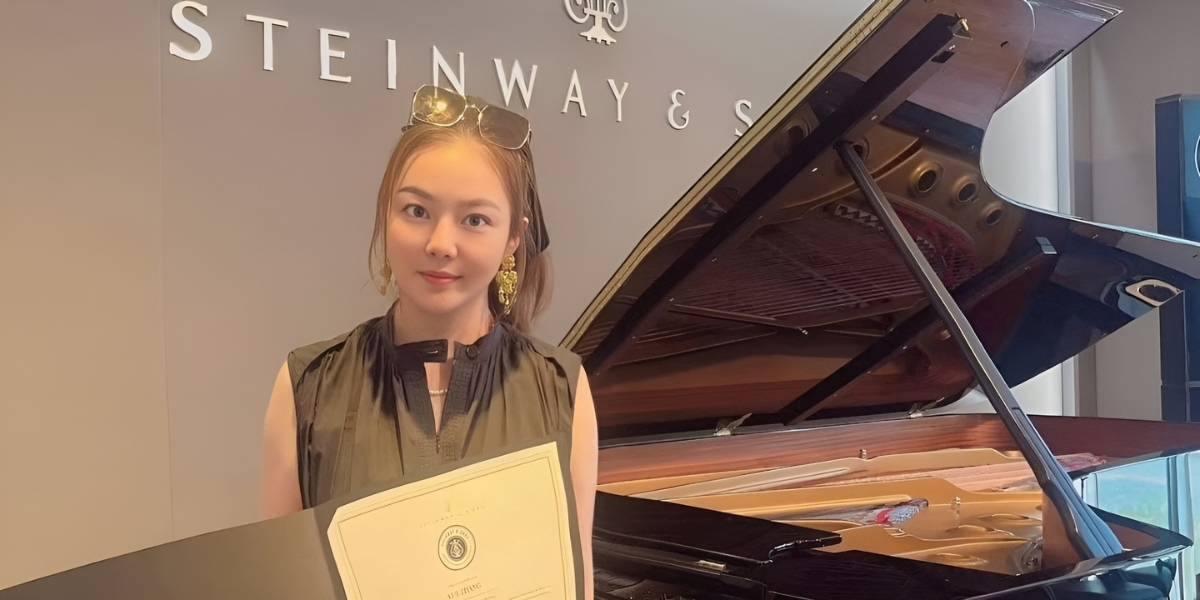The selection of the next pope is one of the most significant events in the Catholic Church, attracting worldwide attention. This process, steeped in centuries-old traditions, blends spirituality, secrecy, and careful deliberation. Understanding how the Catholic Church chooses its leader reveals a unique system designed to maintain continuity, unity, and spiritual guidance for millions of followers across the globe. This article explores the key steps and traditions involved in selecting the next pope, highlighting the roles, rituals, and decision-making processes that shape this important event.
Read also: Why Sustainable Habits Matter for Women Over 35: A Guide to Long-Term Health and Well-being
The Role of the College of Cardinals
The responsibility of choosing a new pope falls to the College of Cardinals, a body of senior church officials appointed by previous popes. These cardinals are considered the pope’s closest advisors and play a central role in church governance. When a pope passes away or resigns, the College of Cardinals convenes to elect his successor. Only cardinals under the age of 80 are eligible to vote, ensuring that the decision rests with active and experienced church leaders.
Before the election begins, the cardinals gather in Rome for a meeting known as the conclave, which is a highly secretive assembly. The term “conclave” comes from the Latin words meaning “with a key,” reflecting the tradition of locking the cardinals away to prevent outside influence during the election. This seclusion underscores the solemnity and importance of the process, emphasizing that the decision must be free from external pressures and guided by spiritual discernment.
The Conclave and Voting Procedure
Once the conclave begins, the cardinals take an oath of secrecy and gather in the Sistine Chapel, a location rich with religious symbolism. The room is prepared to foster an atmosphere of contemplation and prayer, allowing the cardinals to focus on their responsibility to choose the next spiritual leader. The process of voting follows strict rules established by the Church’s regulations.
Voting occurs through secret ballots, where each cardinal writes the name of their chosen candidate on a paper slip. The ballots are collected and counted in multiple rounds until a candidate receives a two-thirds majority. If no candidate achieves the required votes, the cardinals return to prayer and discussion before conducting another round of voting. This cycle can continue for several days, reflecting the seriousness of the decision.
To prevent any undue influence or interference, various precautions are taken during the conclave. For example, all communication with the outside world is cut off, and the cardinals live in isolation throughout the election. When a new pope is finally chosen, the ballots are burned, sometimes with chemicals added to produce white smoke, signaling a successful election to those waiting outside. If the voting is inconclusive, black smoke is released, indicating that the process must continue.
Qualities and Criteria Considered for the Next Pope
Choosing the next pope is not just about votes; it also involves deep reflection on the qualities a candidate should possess. The ideal pope is seen as a spiritual shepherd who can guide the Church through contemporary challenges while upholding its core teachings and traditions. Cardinals consider various factors, including theological knowledge, pastoral experience, leadership skills, and the ability to unite diverse groups within the global Church.
In recent years, there has been increased attention on selecting a pope who can address modern issues such as social justice, interfaith dialogue, and global outreach. Although the process is rooted in tradition, it also reflects the Church’s awareness of the world’s evolving needs. The candidate’s nationality or background may sometimes play a role, especially in times when the Church seeks to emphasize certain priorities or reach specific communities.
Ultimately, the selection is viewed as guided by the Holy Spirit, with cardinals seeking divine inspiration throughout the process. This spiritual dimension underscores the belief that the pope’s role transcends administrative duties, serving as a moral and religious beacon for millions of Catholics worldwide.
The Announcement and Transition of Papal Authority
Once a new pope is elected and accepts the position, the announcement follows a centuries-old tradition. The cardinal dean or another senior cardinal appears on the balcony of St. Peter’s Basilica and announces the election with the famous Latin phrase “Habemus Papam,” meaning “We have a pope.” The new pope is then introduced to the public and delivers his first blessing.
Following the announcement, the transition of papal authority begins. The newly elected pope chooses a papal name, often reflecting the legacy or vision he wishes to emphasize. He is then formally installed in a ceremony known as the papal inauguration, where he receives symbols of his office such as the pallium and the fisherman’s ring.
The transition period is both symbolic and practical. It marks the beginning of the new pope’s leadership and provides continuity for the Church’s governance. Throughout history, popes have faced diverse challenges, and the transition process ensures that the Church remains stable and unified during times of change.
The process of selecting the next pope is a blend of ancient tradition and spiritual discernment designed to ensure that the Catholic Church continues to be guided by a leader capable of addressing both timeless values and contemporary realities. The conclave’s solemn rituals, the careful deliberation by the College of Cardinals, and the worldwide anticipation all reflect the significance of this unique election.
Read also: Oat Burgers: A Nutritious, Plant-Based Alternative to Traditional Burgers





